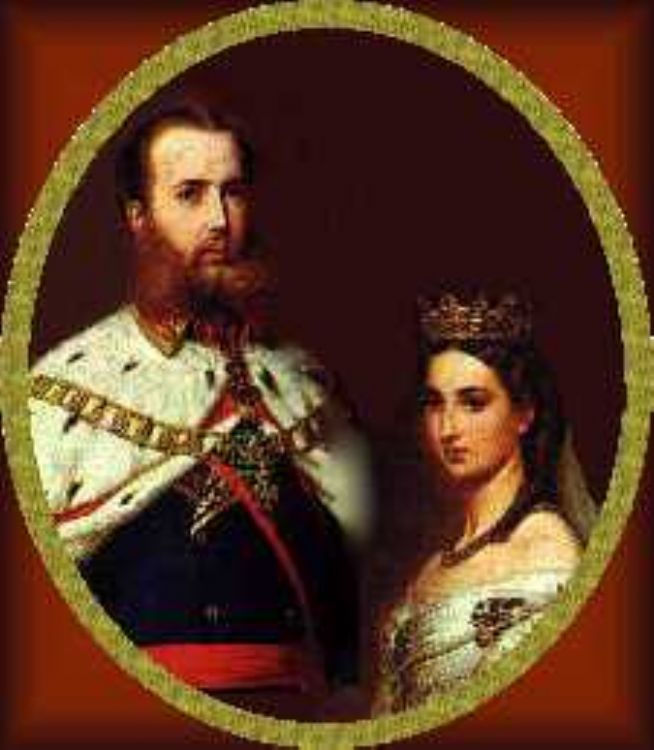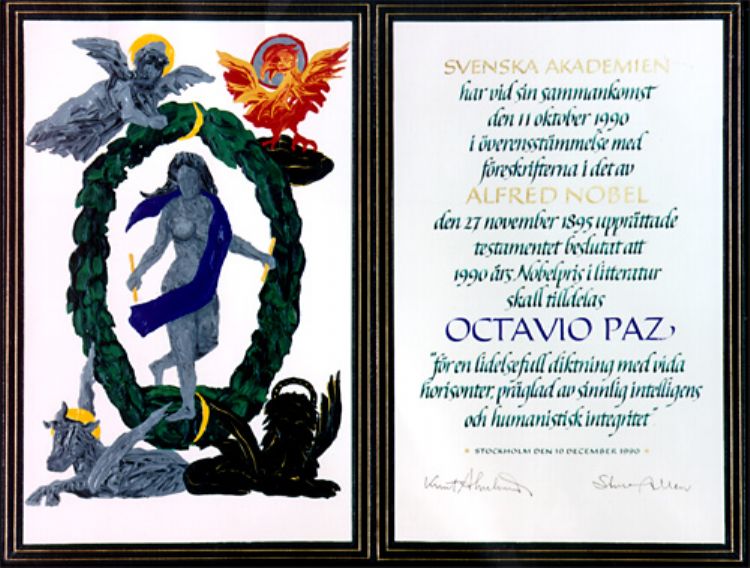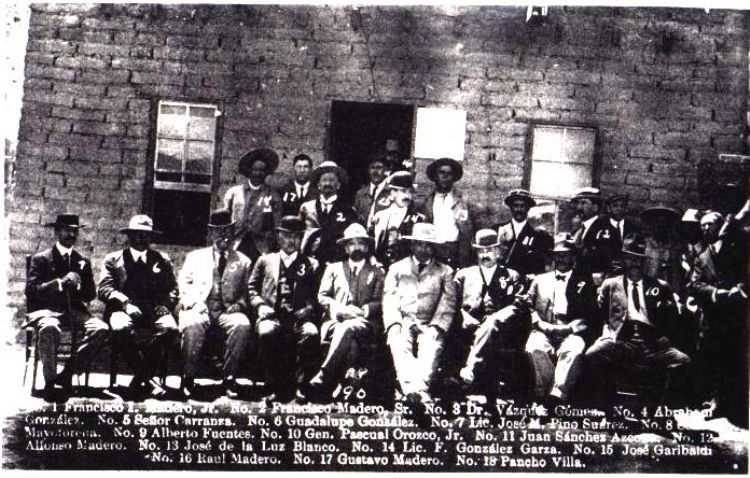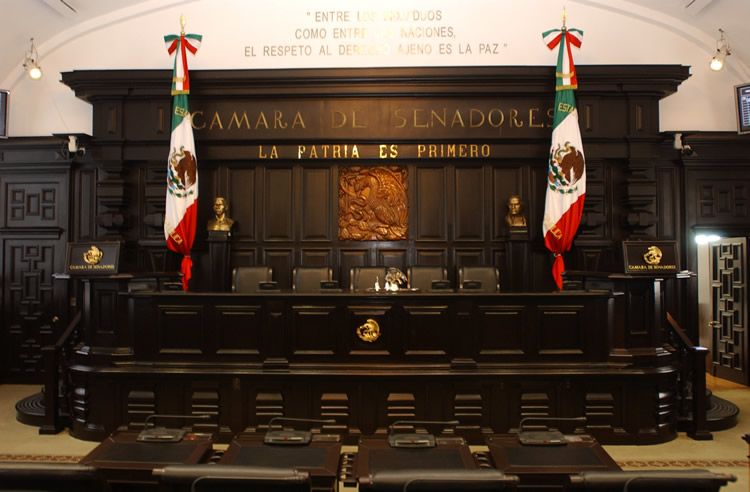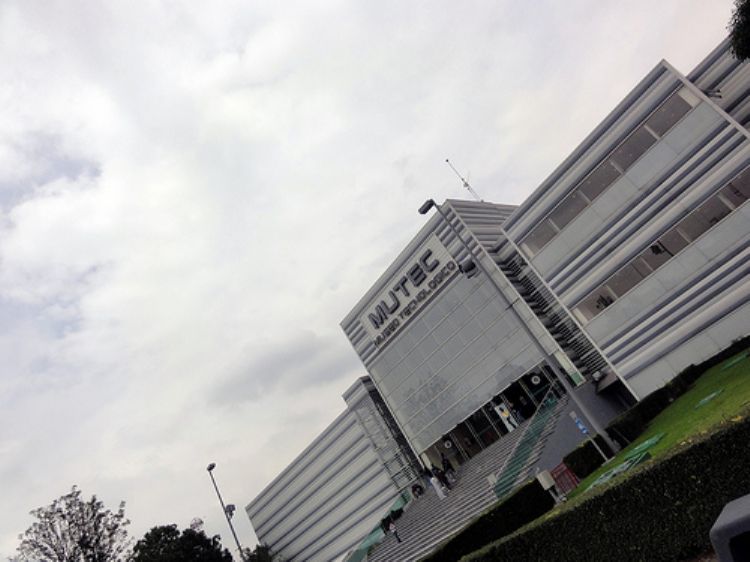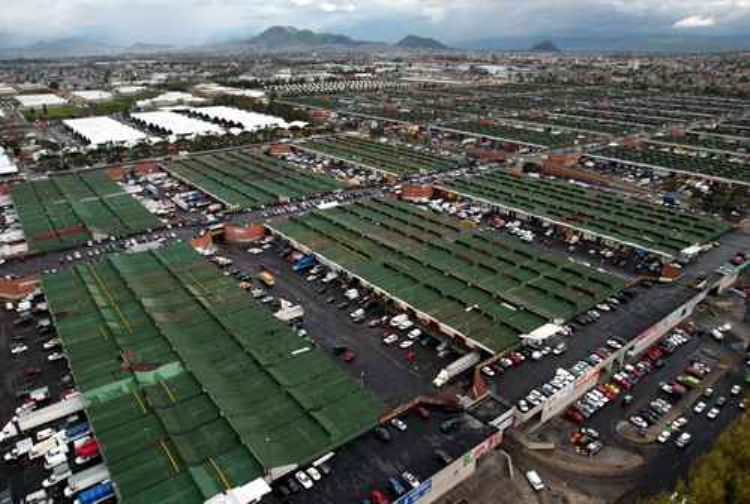The Haciendas in Tabasco, Mexico
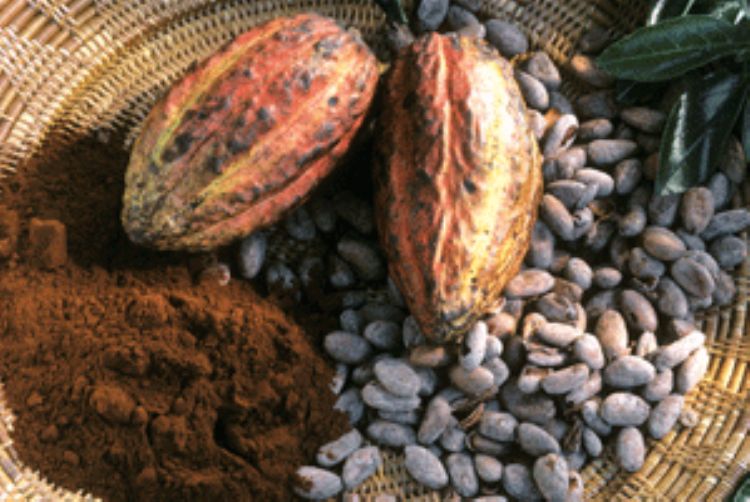
The system of haciendas was the main economic organization in Spanish colonies. It consisted of large estates managed by a proprietor, called hacendado, a social elite and workers, called peones. The haciendas were given in concession to Spaniards, usually from the lower nobility, in order to motivate them to abandon Spain and carry out the conquest. In Mexico, the hacienda system surged in 1529, when Hernán Cortés received the title of Marquis of the Oaxaca Valley.
The State of Tabasco is located in the Gulf and South regions of Mexico. It is an area with tropical climate and fertile land with mountains, rivers and lagoons covered in jungle vegetation.
The industry of Tabasco developed around its most important product, cacao. The cacao seed was originally cultivated by the Maya. Currently, visitors can tour the Cacao Route to experience its archeological sites, old cacao haciendas and beautiful beaches.
Today, Tabasco cultivated 75% of the national cacao production. Its three main cacao houses produce approximately three to four tons of chocolate per month.
Hacienda de La Luz
This hacienda is also known as Hacienda Wolter, in honor of Dr. Otto Wolter Hayer, German immigrant who bought this hacienda in 1930 to industrialize its famous chocolate. Hacienda de La Luz is one of the regionâs most important, over its 50 hectares there are 26 cacao plantations, a chocolate museum, five hectares of virgin jungle and a nursery of ginger, tamarind, mango, chestnuts, vanilla and cinnamon.
Hacienda Jesús María
Hacienda producing two tons of cacao and selling almost 300 kilograms of chocolate per week.
Hacienda La Chonita
This hacienda dates from 1800 and is an obligated visit within the Cacao Route. On its 30 hectares there are tours through its chocolate factory and cacao plantations.
Artículo Producido por el Equipo Editorial Explorando México
Copyright Explorando México, Todos los Derechos Reservados.
Foto: MundoEjecutivo.com

